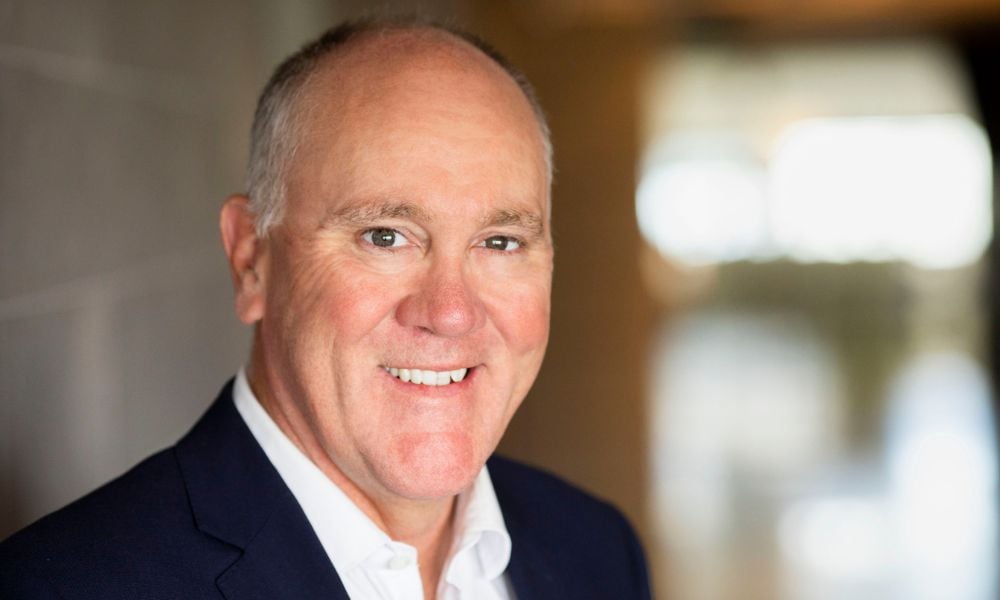Higher interest rates hit loan market, says AFG

Rising interest rates are taking their toll on loan activity, with the latest figures from broker aggregator AFG showing that home lending volumes are down 18.4% for the second quarter of FY23.
The decline compares to the same period last year.
AFG is one of the biggest broker aggregators in Australia. Its mortgage brokers lodged $20.1 billion in home loans for the quarter with the biggest drops in activity seen on the eastern seaboard.
The AFG Mortgage Index – Q2 2023 showed that NSW volumes were down 23%, Queensland 19.6% and Victoria was 18.3% below Q2 22
“As anticipated, the dramatic increase in interest rates since May 2022 has slowed the market,” said AFG CEO David Bailey (pictured above).
“The Christmas period is traditionally quieter, however natural disasters, global uncertainty and rising prices have had, and will continue to have, a substantial impact on household budgets. The challenge for the central bank is to reduce inflationary pressures without stalling the economy.”
Bailey said fixed rate volumes were at 34% this time last year, but now sit at 4.8% and were 3.6% last quarter.
“Fixed rate activity this financial year is at the lowest level ever reported in the AFG Index. The last time fixed rate volumes were in single digits was 2011,” he said.
AFG also reported that as property prices have declined, the average loan size also dropped by almost $24,000 on the same period last year.
The most active customers in the market are those seeking to refinance, with volumes up from 25% in the same period last year, to 31% for the quarter, Bailey said.
First home buyers are feeling the impact of reduced borrowing capacity and have dropped from 13% to 11%, he said.
A further sign of the market slowing is a drop in upgraders, down from 43% to 39% year on year.
“Significant cash back offers for new customers are driving inquiry,” Bailey said.
“The arbitrage being enjoyed between an increase in lending rates and a correspondingly very slow increase in deposit rates, on the back of the once in a generation Term Funding Facility (TFF), can be seen in the market share increases for major lenders and their stable of brands, up 6.1% on same period last year from 53.5% to 59.6%.”
Bailey said the major banks chasing market share by offering cashbacks and “then (ultimately) charging customers a higher rate once they are an existing customer, is disappointing”.
“A more equitable action would be for those lenders to use those funds to reduce interest rates across the board for all customers,” he said.
But AFG’s latest index also showed the non-major lenders had enjoyed a small win for the quarter, up from 39.23% in Q1 23 to 40.40%.
AFG said this was largely driven by Macquarie Bank, which rose from 10.35% to 12.13%, while Bank Australia, Great Southern Bank and Suncorp also recorded market share increases.
“Macquarie’s result provides evidence that you don’t need to throw cash at customers to obtain business if the overall proposition to consumers is strong,” Bailey said. “As the TFF runs off, we expect the non-major lenders to be in a better position to compete in the coming months.”
“Individual circumstances are assessed differently by lenders, and lenders are not offering the same rates to new and existing customers.”
Bailey said low introductory rates and cashback offers often come at the expense of permanent rate discounts for loyal customers.
“Having insight into which lender may be the right fit for your needs in this rapidly shifting market is vital to a consumer looking for finance,” he said. “A mortgage broker is uniquely placed to have that information.”



